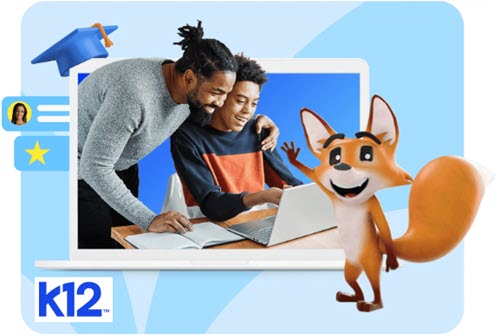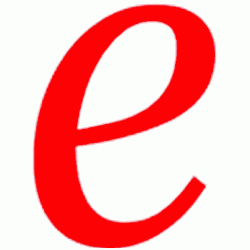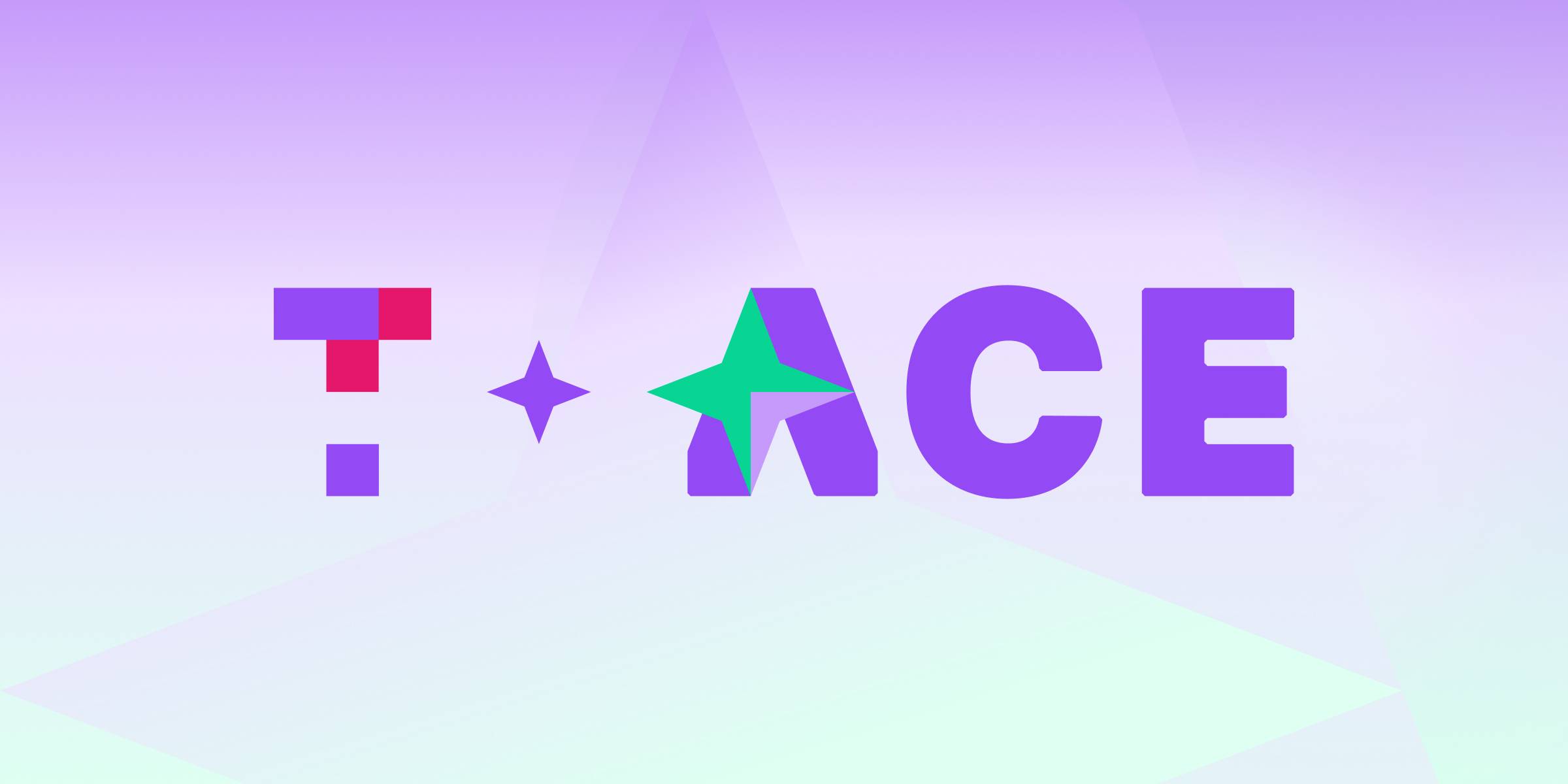Key points:
In the animated film Up, the character Dug is a talking dog with an interesting mannerism. Each time he sees a movement off to the side, he stops whatever he is doing, stares off in that direction and shouts, “Squirrel!” I feel that this is a perfect representation of how schools often deal with new and emerging technologies. They can be working hard to provide the best instruction for their students but become immediately distracted anytime a new technology is introduced.
From the internet and computers to cell phones and artificial intelligence, schools continue to invest a lot of time and money into figuring out how best to use these new technologies. Overall, schools have done a good job adapting to the numerous digital tools introduced in classrooms and offices–and often, these tools are introduced as standalone initiatives. Why do school districts feel the need to ‘reinvent the wheel’ every time a new technology is released? Instead of looking at each new technology as a tool that must be integrated in the curriculum, why not determine what is missing from current instruction and identify what prevents integration from occurring naturally?
Schools need to recognize that it is not just learning how to use these new digital tools that is important. They must learn how to interpret and use the incredible variety of resources that accompany these tools–resources that provide perspectives that students would never have access to when using physical resources.
Digital is different
For centuries, learning material has come from a variety of physical resources. These include human-made items (i.e. textbooks, documents, paintings, audio recordings, and movies) as well as one of the most commonly used physical resources: teachers. In traditional instruction, teachers spend a great deal of class time teaching students information from these physical resources. But the physical nature of these resources limits their availability to students. To ensure that students have long-term access to the information provided by these physical resources, most traditional instruction emphasizes memorization, summarizing, and note taking.
With digital resources, students can access information at any time from anywhere, which means learning how to retain information is less important than learning how to effectively find credible information. The authenticity of the information is important because the same tools that are used to access digital resources can just as easily be used to create new digital resources. This means there is a lot of misinformation available online, often consisting of nothing more than personal opinions. Students need to not only be able to search for information online, but they also need to be able to verify the authenticity of online information. The ability to identify misleading or false information is a skill that will benefit them in their personal and academic lives.
Learning
While it is fairly easy to find information online, especially with the inclusion of AI in search engines, there are some search techniques that will reduce the amount of misinformation found in simple search requests. By teaching students how to refine their searches and discussing the impact of these search skills, students will be more discerning when it comes to reviewing search results. They need to be aware that the most helpful sites do not always appear at the top of the search list. Some sites are sponsored and thus automatically placed at the beginning of the search list. Other sites will tweak their web search parameters to ensure a higher priority in the search list. A better understanding of how online searching works will result in more effective searches.
Once information is found, the authenticity of the resource and the information itself needs to be established. Fortunately, there are standard practices that can be utilized to teach verification. In the early 2000’s, a popular checklist method called CRAAP (Currency [timeliness], Relevance, Authority, Accuracy, Purpose) emerged. While this method was effective in evaluating the authenticity of the website, it did not ensure the accuracy of the information on the website. In 2019, the SIFT (Stop, Investigate, Find confirming resources, and Trace claims) methodology was introduced. This methodology focuses on determining if online content is credible. These are not the only tools available to teachers. Librarians and media specialists are a good place to start when determining age-appropriate lessons and material to teach verification.
Students need to have access to some high-quality digital resources starting in elementary school. Teaching website verification at an early age will help students understand, from the beginning, that there is a lot of misinformation available online. At the same time, schools need to ensure that they provide access to digital resources that are age appropriate. Today’s network technology provides many ways for schools to monitor and control what information or sites are available to students at different grade levels. While these network tools are effective, they should be used in conjunction with well-trained teachers who understand how to safely navigate digital resources and students who are expected to practice responsible internet behavior. Introducing a select number of digital resources in elementary classes is the first step toward creating discerning researchers who will gain the ability to effectively judge a website’s appropriateness and usefulness.
Teaching
In order to create opportunities for students to experience learning with digital resources, instructional practices need to be less reliant on teacher-directed instruction. The use of physical resources requires the teacher to be the primary distributor of the information. Typically, this is done through lecture or whole-class presentations. With digital resources, students have direct access to the information, so whole-class distribution is not necessary. Instead, instructional practices need to provide lessons that emphasize finding and verifying information, which can be done by shifting to a learner-centered instructional model. In a learner-centered lesson, the onus falls on the student to determine what information is needed, and if the found information is credible for a given task. The class time that previously would have been spent on lecture becomes time for students to practice finding and authenticating online information. Initially, these learning experiences would be designed as guided practice for finding specific information. As students become more proficient with their search skills, the lesson can shift toward project-based lessons.
Project-based lessons will help students learn how to apply the information they find, as well as determine what unknown information they need to complete the work. Unlike lesson design for practicing information searching and verification, project-based lessons provide opportunities for students to decide what information is needed and how best to use it. Instead of directing the student’s information-gathering, the teacher provides guidance to ensure they are accessing information that will allow the students to complete the project.
This shift in instruction does not necessarily mean there will be a significant curricular change. The curricular content will remain the same, but the resources could be different. Because students control what resources they use, it is possible that they could find resources different from the ones specified in the curriculum. Teachers will need to be aware of the resources students are using and may have to spend time checking the credibility of the resource. Given the varying formats (text, audio, video, graphic) available with digital resources, students will be able to determine which format(s) best supports their learning style. Because most digital tools utilize the same digital resources and formats, teaching students how to learn with digital resources will prepare them for adapting to the next new digital tool. It is simply a matter of learning how to use the tool–after all, they already know how to use the resource.
When creating units of study, teachers should consider the type of resources students will be using. To simplify matters, some units should be designed to utilize digital resources only and include lessons that teach students how to find and verify information. Students still need to develop skills to work with physical resources as well. It may be helpful to start off with units that utilize only physical or digital resources. That way teachers can focus on the specific skills needed for each type of resource. As students gain proficiency with these skills, they will learn to use the appropriate skills for the given resources.
The amount of information available to the public today is staggering. Unfortunately, too much of it is unverified and even purposely misleading. Trying to stop misinformation from being created and distributed is not realistic. But teaching students how to validate online information can make the distribution of and exposure to misinformation much less impactful. The open nature of the internet allows for many divergent opinions and perspectives. We need to ensure that when students graduate, they have the skills necessary to determine the authenticity of online information and to be able to determine its merit.
Teaching and learning with digital resources is different, and traditional instruction does not meet the learning needs of today’s students. Giving students the opportunity to master learning with digital resources will prepare them for the next technology “squirrel” and will enable them to determine how best to use it on their own.











